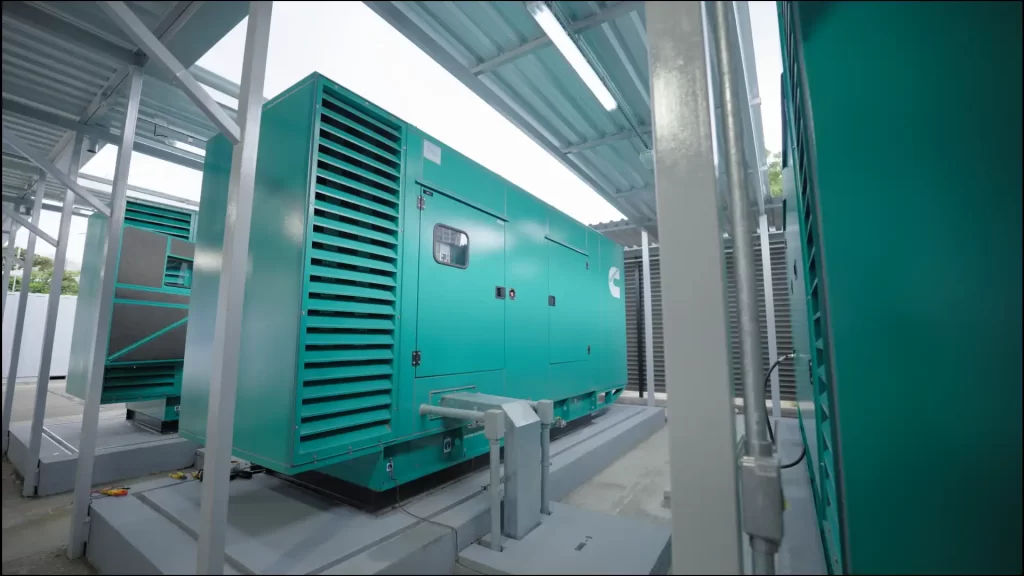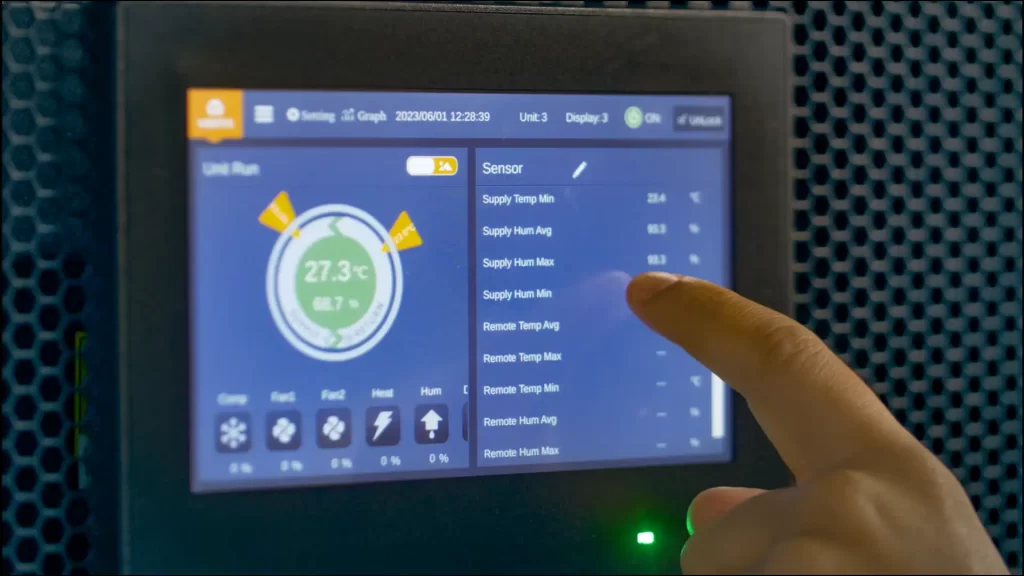Are there data on the energy efficiency of data centers?
According to Google’s 2022 Sustainability Report, cloud storage capacity is now seven times larger than it was five years ago. One of the major challenges for the data center market is reducing energy consumption to contribute to environmental and business goals so that the data industry can evolve by prioritizing energy efficiency and reducing the use of heavy metals..
Since 2018, the Uptime Institute has warned about the likelihood of stricter government regulations and increased public pressure regarding the sustainability of data center facilities.
According to Uptime Institute analyses, by 2030, as organizations fail to meet sustainability goals and legal requirements, penalties are expected to become more stringent, frequent, and costly from both a financial and operational perspective.
Improvements are expected as the reality of obtaining clean or renewable energy becomes more attainable for the data center industry. Best practices, such as separating hot and cold air or building entire data centers designed to minimize energy inefficiencies, in addition to replacing older and less efficient cooling systems with newer ones, already represent a significant global reduction in PUE, as shown by the Uptime Institute’s chart, from 2023.
Average annual PUE of Data Centers (n=567)
Figure 3: Energy Efficiency Gains Have Stagnated
However, the data shows some stagnation in energy efficiency gains in recent years. It seems that the best practices implemented in the early years of the PUE metric were those that did not require substantial investments but rather process changes with relatively small and incremental financial inputs. See the list of best practices for PUE reduction, compiled by one of with relatively small and incremental financial inputs. See the list of best practices for PUE reduction, compiled by one of:
Figure 4: Most Implemented Practices for Data Center Energy Efficiency, According to the European Commission's Code of Conduct
Additional advancements will require greater investments, focus, and engagement from the IT industry with short, medium, and long-term environmental goals. The European Commission also published a list of less-implemented practices, which include structural changes in the organizational culture of IT companies along with strategic operational changes that involve investments and operational risks, as demonstrated in the figure below:
Figure 5: Least Implemented Practices for Data Center Energy Efficiency, According to the European Commission's Code of Conduct
In a broader sense, looking at the trajectory of data centers shows a positive story. Servers have observed consistent energy efficiency increases, over the last few decades, allowing infrastructure operators to continuously increase computational capacity, while reducing energy consumption through hardware upgrades.
But the opportunities for energy savings are so great that if fully implemented, they could significantly reduce the global data center energy consumption.
A data center that has been in operation for more than five years, accounting for 40% of servers in use today, represents 66% of total energy consumed, but contributes only 7% of current computational capacity, as shown in the chart:
Figure 5: Least Implemented Practices for Data Center Energy Efficiency, According to the European Commission's Code of Conduct







